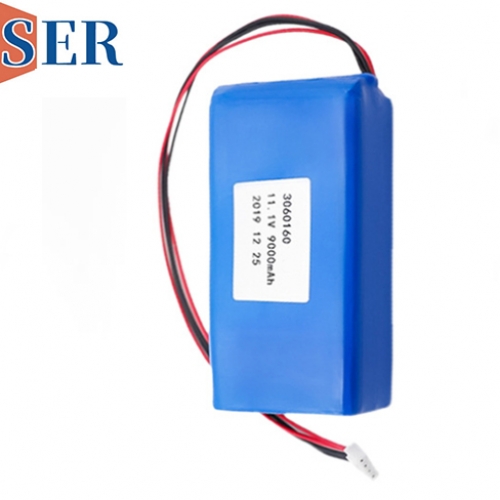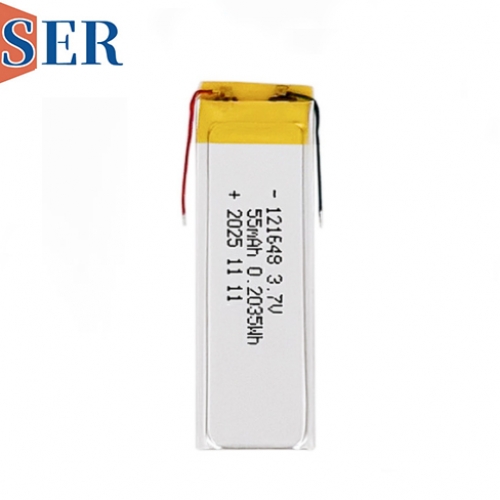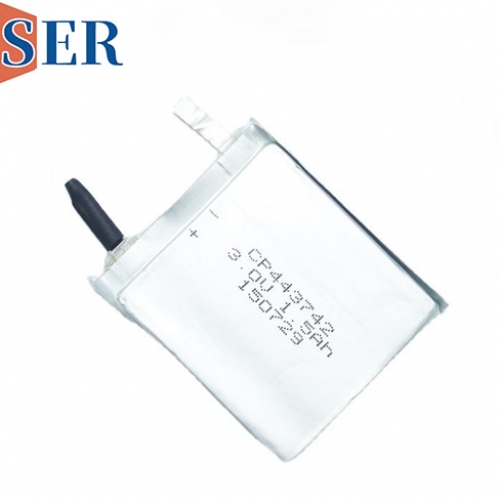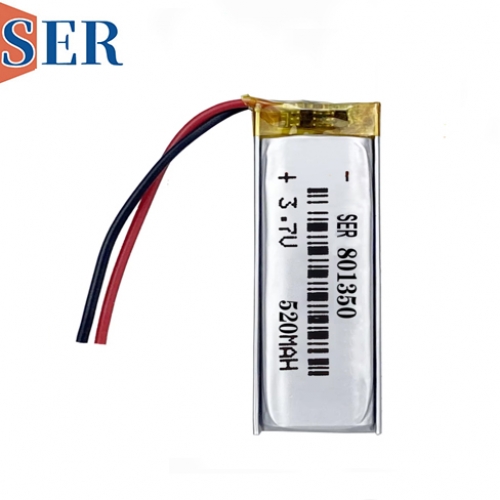CR123A 1300mAh 3.0V Non-Rechargeable LiMNO2 Battery
CR123A 1300mAh 3.0V Non-Rechargeable LiMNO2 Battery: Applications and Benefits in Modern Devices

Abstract:
The CR123A 1300mAh 3.0V non-rechargeable LiMnO2 battery is a widely used power source in various modern devices, including smart water meters, cameras, GPS trackers, smoke detectors, and smart toilets. This article delves into the technical specifications, advantages, and applications of this battery type, providing insights into why it is preferred for these devices and how it contributes to their performance and reliability.
Keywords: CR123A battery, lithium manganese dioxide, non-rechargeable battery, smart water meters, cameras, GPS trackers, smoke detectors, smart toilets
Introduction
In the realm of portable electronics and IoT (Internet of Things) devices, the choice of battery plays a pivotal role in determining the device's performance, reliability, and longevity. Among the various battery types available, the CR123A 1300mAh 3.0V non-rechargeable lithium manganese dioxide battery stands out for its high energy density, stable voltage output, and long shelf life, making it an ideal choice for a range of applications. This article explores the technical characteristics of the CR123A battery and its applications in smart water meters, cameras, GPS trackers, smoke detectors, and smart toilets.
Technical Specifications of CR123A Batteries
The CR123A battery is a cylindrical lithium manganese dioxide (Li-MnO2) battery with the following key specifications:
Voltage: 3.0V nominal, providing a stable power supply throughout its discharge cycle.
Capacity: 1300mAh, indicating the amount of charge the battery can deliver under specific conditions.
Chemistry: Lithium manganese dioxide, which offers high energy density and a stable discharge curve.
Size: Typically, CR123A batteries are 17mm in diameter and 34.5mm in height, making them suitable for compact devices.
Shelf Life: Often rated for 10 years or more, depending on storage conditions, ensuring long-term reliability.
Advantages of CR123A Batteries
3.1 High Energy Density
The CR123A battery's high energy density allows it to deliver significant power in a compact size, making it ideal for portable and space-constrained devices.
3.2 Stable Voltage Output
With a nominal voltage of 3.0V, the CR123A battery provides a consistent power supply, crucial for devices that require stable operation over time.
3.3 Wide Operating Temperature Range
Lithium manganese dioxide batteries can operate effectively in a broad temperature range, from -20°C to +60°C, adapting to various environmental conditions.
3.4 Long Shelf Life
The long shelf life of CR123A batteries ensures that they remain viable for extended periods, reducing the need for frequent replacements.
3.5 Safety and Reliability
Lithium manganese dioxide batteries are known for their safety and reliability, with a low risk of leakage or explosion under normal use conditions.
Applications of CR123A Batteries
4.1 Smart Water Meters
Smart water meters require a reliable power source to transmit data accurately and consistently. The CR123A battery's stable voltage and long shelf life make it suitable for this application, ensuring that the water meter operates reliably over time without frequent battery replacements.
4.2 Cameras
Digital cameras, especially those used in security systems or outdoor photography, benefit from the CR123A battery's high energy density and stable voltage, allowing for extended use without the need for frequent battery changes, which is critical in remote or hard-to-reach locations.
4.3 GPS Trackers
GPS trackers, used in vehicles, pets, or personal items, require a reliable power source to maintain continuous tracking. The CR123A battery's long shelf life and consistent voltage make it an excellent choice for these devices, ensuring they function reliably even in remote or harsh environments.
4.4 Smoke Detectors
In smoke detectors, the CR123A battery's long life and stable performance are critical for ensuring the detector's sensitivity and responsiveness, potentially saving lives in emergency situations.
4.5 Smart Toilets
Modern smart toilets incorporate sensors and electronics that require a reliable power source. The CR123A battery's high energy density and longevity make it suitable for this application, supporting features like seat heating, water purification, and health monitoring.
Advantages Over Rechargeable Batteries
While rechargeable batteries offer the convenience of recharging, the CR123A non-rechargeable battery has distinct advantages in certain applications:
Immediate Availability: No need for charging infrastructure, ideal for devices deployed in remote or hard-to-reach locations.
Zero Maintenance: Eliminates the need for battery replacement or recharging, reducing maintenance costs and downtime。
Safety: Non-rechargeable batteries reduce the risk of battery leakage or overheating, common issues with rechargeable batteries in some environments.
Conclusion
The CR123A 1300mAh 3.0V non-rechargeable lithium manganese dioxide battery has proven to be a reliable power source for a wide range of modern devices. Its high energy density, stable voltage output, and long shelf life make it an ideal choice for smart water meters, cameras, GPS trackers, smoke detectors, and smart toilets, contributing to the efficiency and reliability of these devices. As technology advances, the demand for high-performance batteries will only increase, and the CR123A battery is well-positioned to meet this demand, ensuring the continued growth and innovation in various industries.





